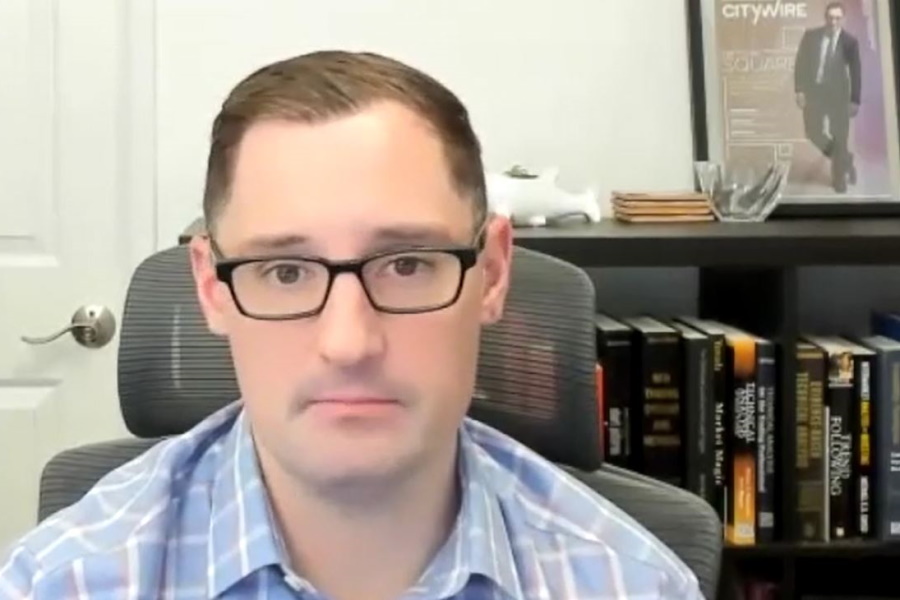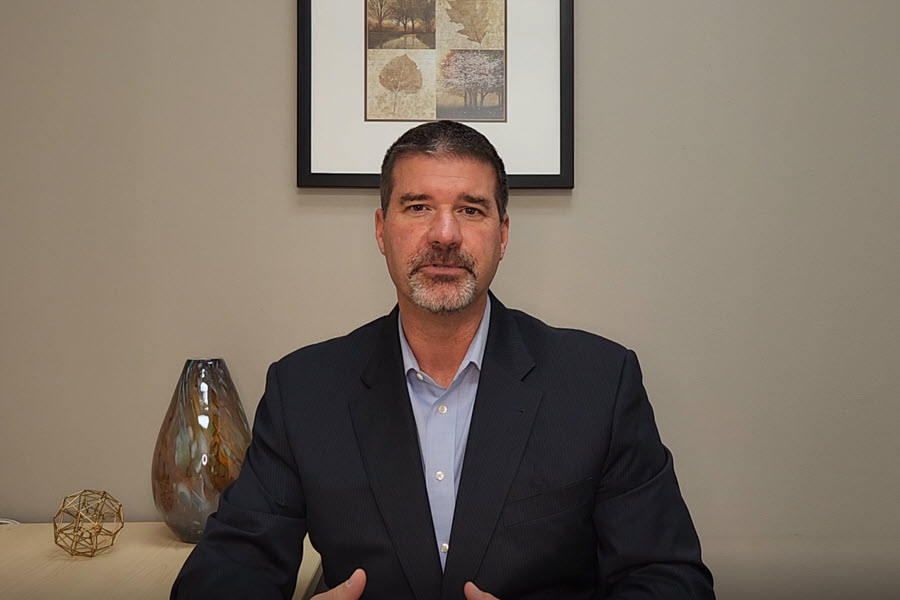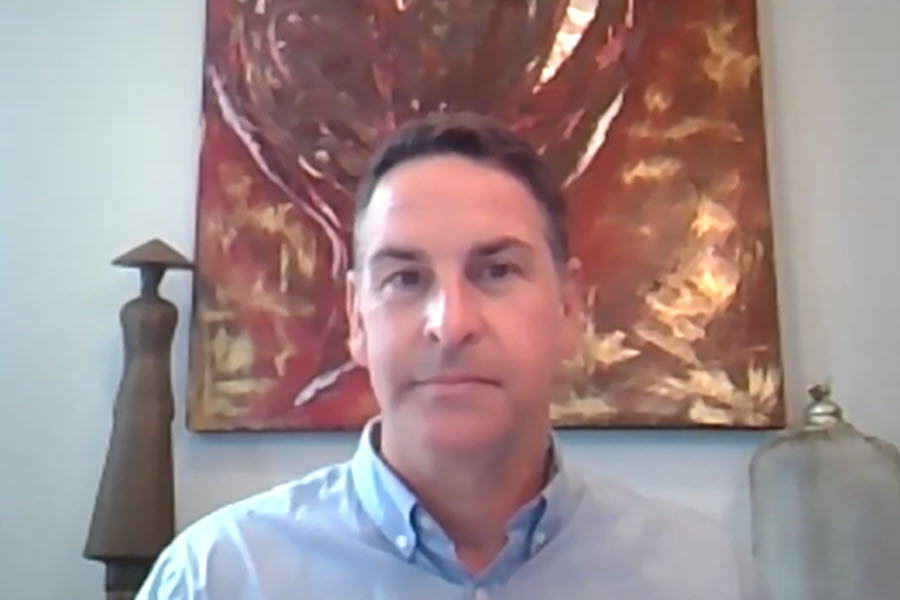Trends in Fixed Income Technology and Data: An Interview with Matt Harris

Navigate through the video by clicking on the chapter markers!
———
Recently, IMTC’s Blake Lynch sat down (virtually) with Matt Harris, CEO of Aperture Research Partners, an independent research and consulting firm dedicated to providing firms with OCIO services, to discuss the trends and challenges in fixed income that portfolio managers, wealth managers, and OCIOs face today, and why technology is key to staying competitive.
Prior to founding Aperture Research, Matt was with Hightower Investments, one of the largest aggregators of RIAs and wealth manager managers in the U.S., for many years, where he held various positions including head of OCIO services, director of investment consulting, and multi-asset portfolio manager and strategist. Matt created Hightower’s OCIO offering that focused on model management across all asset classes, serving the firm’s advisors across the country. In other words, Matt has tremendous experience and knows the realities facing RIAs, wealth managers, and asset managers today.
In this article, we summarize key points from their conversation instead of a word-for-word transcription.
———
Blake Lynch, IMTC: Since we’re going to discuss fixed income industry trends and challenges, with a focus on data and technology, let’s jump right in. What are some of the key challenges you see?
Matt Harris, Aperature Research: I think the list of challenges is fairly long! First of all, everyone is feeling the impact of fee compression, across asset managers and wealth managers – this is driving some of the trends we’ll touch on shortly. Another issue is the rapidly changing technology landscape. Clearly, IMTC is part of this but I’m speaking broadly about changes in technology that are heavily influencing the services that asset and wealth managers must provide to clients to stay relevant and earn the fees they’re charging. This affects the services and products that asset managers are offering to wealth managers, and that wealth managers are offering to clients.
I also note that online investment platforms directed at individual investors continue to grow and the technology driving this trend is not going away. As millennials and younger generations continue to grow their wealth, I think this is going to be significant for the wealth management industry today and far into the future.
BL: How can fixed income portfolio managers generate alpha in this low-yield, fee-conscious environment?
MH: Yes, the environment has been difficult for fixed income managers. And passive investing has grown, making things harder for active managers. Having said that, I believe there will be a strong case for active management, particularly in fixed income, in the years to come. As interest rates drift higher there will be opportunities for those who are nimble and forward-thinking to generate alpha in fixed income.
For wealth advisors, I think the best way to generate alpha for clients is not to focus on traditional alpha but on what we call advisor alpha, generated by activities other than investing. For example, managing clients’ counterproductive behaviors so that they stay the course in volatile markets, making sure they avoid making emotional investment decisions. That’s one way to generate advisor alpha, along with financial planning and some of the more unique areas of wealth management.
Technology offers other ways to generate alpha. Using better technology keeps costs down and gives asset and wealth managers better tools to enhance returns, such as the ability to use tax losses on an active basis. Even something as simple as regular rebalancing can make a big difference. The numbers show that active rebalancing – whether quarterly, annually, semi-annually, whatever – to maintain asset allocations in line with client preferences and tolerances is important, but it can be challenging to do at scale unless you have the right technology tools.
BL: The things you just mentioned with respect to passive and active management suggest we are at a pivotal point in terms of where the fixed income industry is heading. With clients demanding more for less, how do investment products need to adapt to meet those needs?
MH: I think the innovation we’ve seen in the last couple of years will continue. It started with actively managed ETFs, which led to direct indexing. Now many firms offer custom indexing. It started with ESG, and socially responsible investing but is rapidly developing into a way to allow clients to avoid specific types of exposures for whatever reason. So, there’s going to be ongoing innovation that creates more customized or client-specific products. Five years ago, only institutional investors were involved in active indexing. I think that is going to be available to the average investor in a couple of years.
The same holds for strategist portfolios. It will be easier to access portfolio strategies from the biggest, most well-known firms in the world simply because technology will provide an effective way for asset managers to do so in a way that is scalable. This will allow managers to expand their reach in a way that is affordable in terms of time and effort.
BL: Given your experience managing multi-asset portfolios, could you highlight the different things managers have to think of when looking at equities versus fixed income?
MH: Yes, things are very different across asset classes. While technology has been primarily focused on managing equities, it is very difficult to do fixed income at scale without good tools. And I say this because if you’re buying individual bonds for clients in separate accounts, or even just a UMA, implementation is challenging. Data is difficult to get and you need data on the various bonds held across your clients’ portfolios to keep track of coupon payments, upcoming maturities, and so on. That data isn’t required to manage equities or ETFs. It’s ironic that fixed income is much more difficult to manage but fees in fixed income are lower than in equities.
Taking a thoughtful approach means customizing each client’s account – you can’t just say, “I will buy big bond issues and allocate them across my entire client base,” because that would mean you only buy generic issues and you’re not going to generate alpha that way. Finding good opportunities means each account will look a little different, and that’s time-consuming and labor-intensive if you have more than 20 or 30 accounts. Technology tools that can help you manage the data you need can be a huge advantage.
BL: You mentioned that technology tools that help firms manage data can be a big advantage. As technology continues to evolve, what should firms be aware of in handling the vast amount of data out there today?
MH: I’ll use wealth management as an example because there are a number of data issues there, partly due to the benefits RIAs enjoy from being multi-custodial. That’s a great service for clients but it creates difficulties for the RIA. Being multi-custodial means dealing with multiple data feeds, and maybe, multiple reporting systems for clients with certain preferences or needs. The beauty of being independent is that you can have various datasets and data providers, but it’s a headache for IT and risk management – something as mundane as different date formats or naming conventions from one custodian to another can be an issue – and integrating the data and technology to create a centralized data portal for advisors is challenging.
Another issue is how do all these systems and datasets talk to each other? And how does that help you create better reporting capabilities? Is the data just showing up, and you can see it, but you can’t run reports or automate processes? As we talked about earlier, fee compression means you have to be more effective with your time. Any loss in efficiency due to data or technology issues can significantly hurt profitability.
People are looking at all kinds of new data and that is going to accelerate. I think the best way to handle this is to find flexible systems. That calls for more than an Excel spreadsheet. Don’t get me wrong – I think Excel is great for a lot of things, but it doesn’t bring in ideas like platforms that can say, “There’s this data set you could be using that we’ve seen other clients using for fixed income.” That’s where collaborating with forward-thinking technology firms really helps, so you don’t have to wonder what you might be missing out on. A platform that acts as your technology partner means you don’t have to go out on your own and integrate yet another download from another vendor. A technology firm that brings you the best ideas and the best ways to implement new datasets is a huge advantage.
How does IMTC help you bring your data together and manage datasets? Explore our managed data service.
BL: In terms of integrating technology and data effectively, how do you ensure that everyone in a firm, across all of the groups involved, is on board?
MH: It can be an incredibly daunting task. For example, advisors might say, “I know how much I have in XYZ but I don’t care what everybody else has because it doesn’t directly impact me.” We need to show the overall benefit to the collective whole, and do that as early on as possible. You need the right infrastructure to support your firm’s growth, and it’s easier to set up that framework when you have $1 billion in AUM across 2,000 accounts. When it’s $20 billion across 10,000 accounts, it’s a lot harder – like trying to put the toothpaste in the back in the tube.
A big benefit to everyone is that technology is enabling a high-touch, high-service approach to managing portfolios at scale. In fact, the ability to create personalized portfolios at scale is only possible because of technology. If you don’t embrace technology, it’s going to take more time than any one person has to customize across clients. The alternative is to take a really generic model approach, which is not what RIAs with high-net-worth clients want to do. They don’t want to look like a cookie-cutter, so they need technology to offer portfolios that are, as I call it, individualized but not personalized. In other words, you can provide clients with something that is specifically for them without creating an extremely personalized portfolio that is unlike any other portfolio. That’s just too time-consuming. Good technology firms also provide services around their products, so RIAs really know that they’re in good hands. That sounds simple but can make a big difference.
BL: Thank you for taking the time to talk with us today. Any last comments or thoughts?
MH: Here’s my final thought. During my time at Hightower, we became one of the largest aggregators of wealth managers and RIAs in the country, attracting top talent across the industry, partly because we had the systems, technology, and back-office services that allowed the advisors focus on their clients, to provide services to clients to grow their business. That meant we had to truly embrace technology. I know for myself, it’s getting harder every year because technology keeps advancing. It is important to investigate what’s out there. It’s not something you have to do every week, or even every month, but once every three to six months, look around and see what tools are there out there that could dramatically impact your workflow and could integrate with other tools and technologies you use today. Taking time to understand and embrace technology solutions that improve your processes will be a differentiator.
———
.





